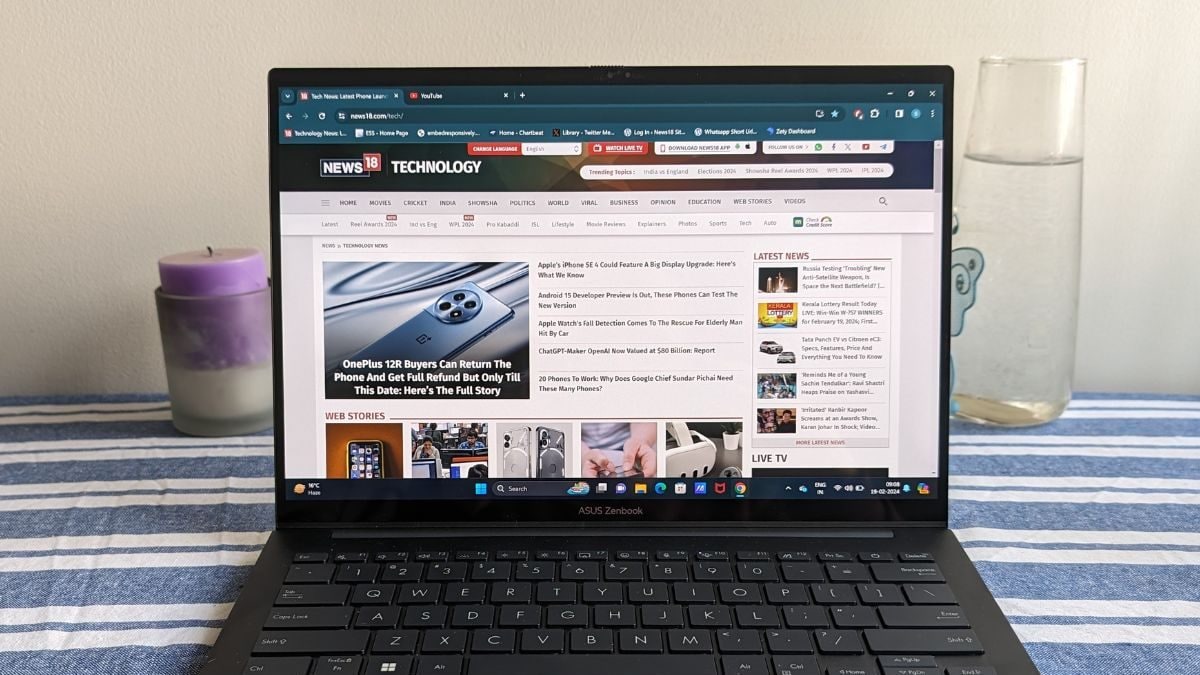Manual Micro Vias
A micro via is a small hole in the PCB that can be used to route copper wires. These vias are usually less than a quarter of the diameter of a standard through-hole and can have a variety of shapes and sizes. They can be formed by laser or mechanical drilling, photo imaging, wet/dry etching and conductive ink-formation followed by a plating operation. The key fabrication method for creating microvias is laser drilling. Using this process produces via holes with surfaces that are just as clean as those produced by mechanical drilling, allowing for a uniform plating of the interior of the via.
When designing a microvia, it is important to consider its reliability and the effect it will have on the overall PCB assembly process. A primary concern centers around thermal cycling. As the board undergoes thermal stress, it can cause the copper interconnects to expand and exert high stress on the thin copper plate used for the via. This can result in connection failure, primarily at the interface between a via and its capture pad.
Another factor affecting micro via reliability is the ability of the copper to withstand reflow temperatures and stresses. In addition to the differences between the expansion rates of glass epoxy and copper, the copper plate inside the via can be exposed to high temperatures that can cause stress cracking. To reduce this risk, it is recommended to design a low aspect ratio microvia and use a well-formed copper wrap plate.

Key Considerations For Manual Micro Vias
It is also important to avoid stacked microvia structures, as these are more susceptible to failure than staggered via structures. Stacked vias are more likely to fail in the area of the via neck, where the copper curves inward and can concentrate stress during reflow. Staggered vias have a smoother curve and are therefore less likely to fracture in this area.
Once the microvia is drilled and cleaned, it will be plated with either pure copper or an epoxy + copper resin. The copper filling process must be carefully controlled to ensure there are no voids in the body of the via. Voids are a major reliability issue as they can be caused by uneven deposition of copper during the plating process.
When designing a microvia, it is critical to use IPC-D-2221 Appendix A or B (D coupons) for reliability testing of plated holes and vias. These coupons are used to test for resistance changes during reflow and thermal cycling, and to evaluate the metallurgical properties of a given PCB substrate or assembly. A good quality D coupon will show a very consistent resistance increase over the entire surface of the circuit board. If the D coupon does not show this consistency, then it is possible that there are latent failures in the PCB that can only be detected during reflow and thermal stress testing. This is a critical step in ensuring that your product will be a success. Sierra Circuits has extensive experience with HDI fabrication and can bring your microvia-based designs to life.



